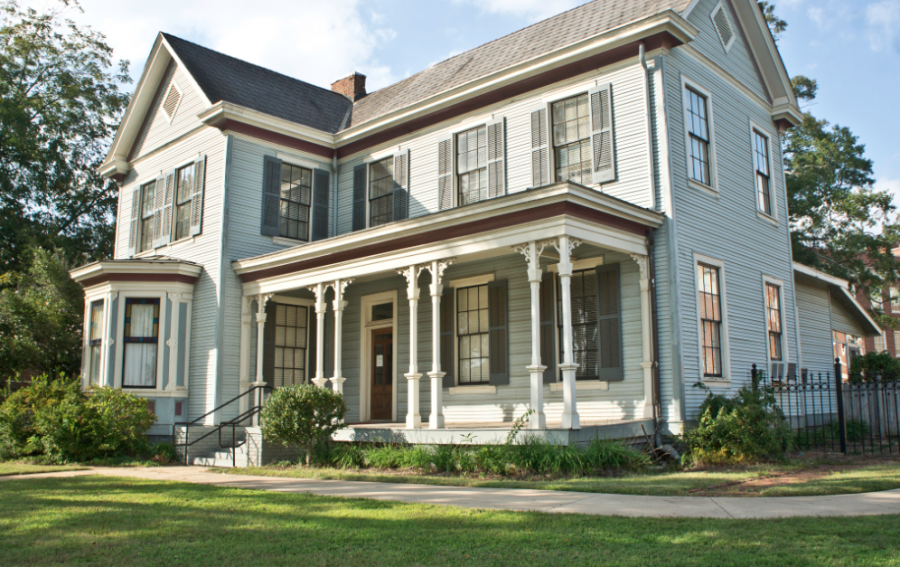The University of Alabama’s plan to remove one of its most historic properties to make way for a new dining hall has sparked some controversy as some students and alumni unite in protest, worried that the Capstone’s plans for expansion are rolling over its rich history.
The Kilgore House, built in 1890 and historic due to its role in the admission of women to the University, sits on property the University has dedicated for a new dining hall. UA spokeswoman Cathy Andreen confirmed the University’s plan to build a new Fresh Foods dining facility on the property by 2014 but said a potential buyer is interested in relocating the house.
This summer, the University hosted two sealed-bid auctions in July and August, hoping to attract a buyer who was willing to purchase and move the house. The house failed to attract a bid in either one. For now, the house remains without a buyer.
Now, students and community members are heightening their calls for someone to save the building. Though there are no confirmed buyers to save the building yet, some are coming forward with plans.
Robert Mellown, a retired art history professor at the University and an architectural historian, is working with Suzanne Wolfe, founding editor of Alabama’s Heritage Magazine, to save the historic building. Together, they run the “Save the Kilgore House” Facebook page that explains the importance of the Kilgore House and encourages others to join in the fight to preserve it and the history associated with the house. The page links to a petition for the house’s salvation, which now holds 336 signatures.
Though none of the signers have become buyers, at least a few students are coming forward with plans. Marina Roberts, president of Mallet Assembly, posted an idea in a Facebook note on Oct. 7 — Mallet could save the building.
“Loads of people have been raising hell about the Kilgore House, and unfortunately, nobody’s come to the table with money and a plan for how keeping the house on campus will benefit the [University],” she said in a comment on the note. “We are.”
The Mallet Assembly, which promotes diversity on campus, intends to approach the University about purchasing the Kilgore House. The student group is housed in Palmer Hall, which is slated to be demolished in the summer of 2014, and is looking for another home.
Roberts said she and several other Mallet leaders plan to house their board of governors and the faculty members that serve as advisors of the Assembly in the building. They will also propose that the Kilgore serve as a community space and a place to hold classes.
“Given our legacy of respect for integration and tolerance, it seemed suitable that the Mallet Assembly should participate in the movement to save the Kilgore House,” Roberts said.
She said the Mallet Assembly will make their proposal in the next three to four weeks to save a home she said she views as representation of the freedom this generation has been given.
“I think those rights are too frequently taken for granted,” Roberts said. “That history needs to be protected.”
Robert Mellown agreed with Roberts’ view.
“The Kilgore House is very important for women here at the University,” Mellown said. “It’s the only remaining structure that’s associated with the period that women were first allowed to attend the University.”
According to the “Save the Kilgore House” Facebook page, Bryce Hospital trustees built the Kilgore House in 1890 for Bryce Hospital’s first engineer, Charles Kilgore and his family. The family then rented out rooms to students between 1905 and 1908 while their niece was attending the University. The residence was called the Kilgore Ranch.
According to the Facebook Page, Anne Hunter, the first woman to earn an M. S. degree at the University and the first female faculty member, lived in the Kilgore House with other co-eds.









